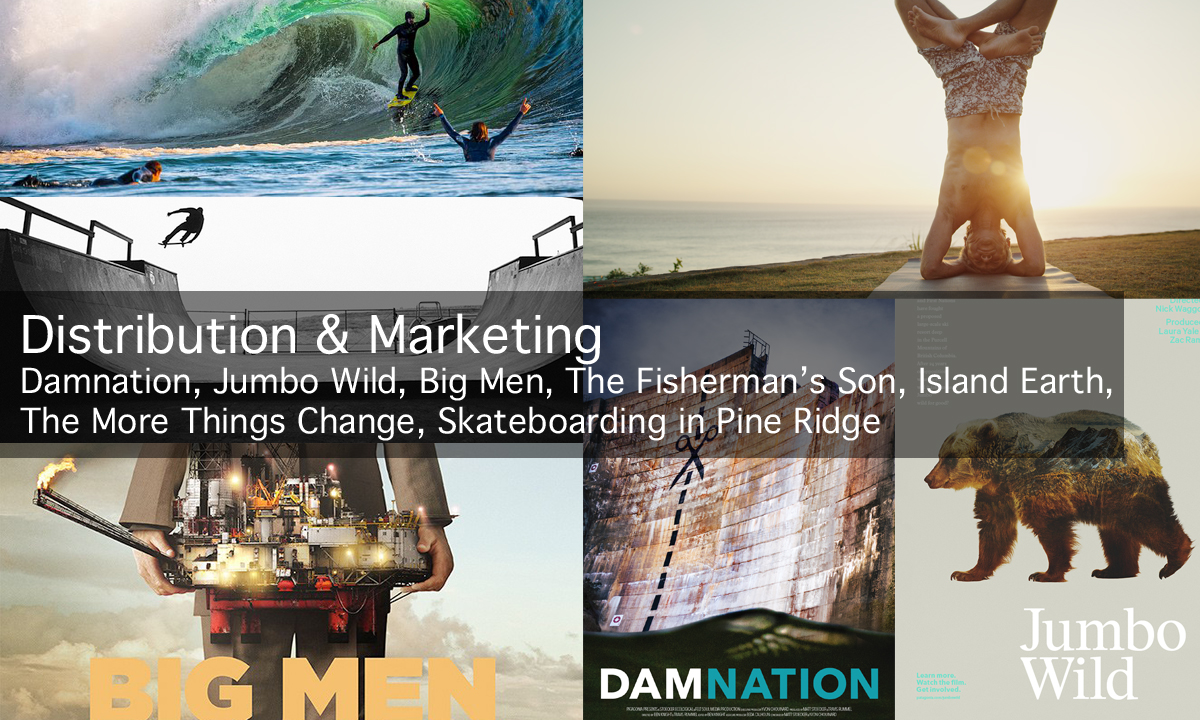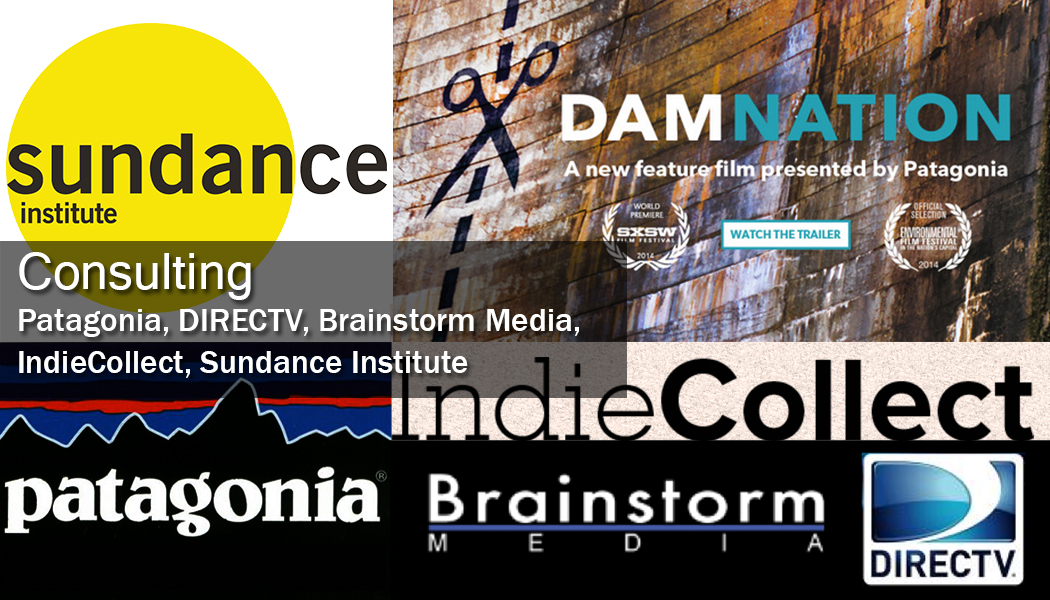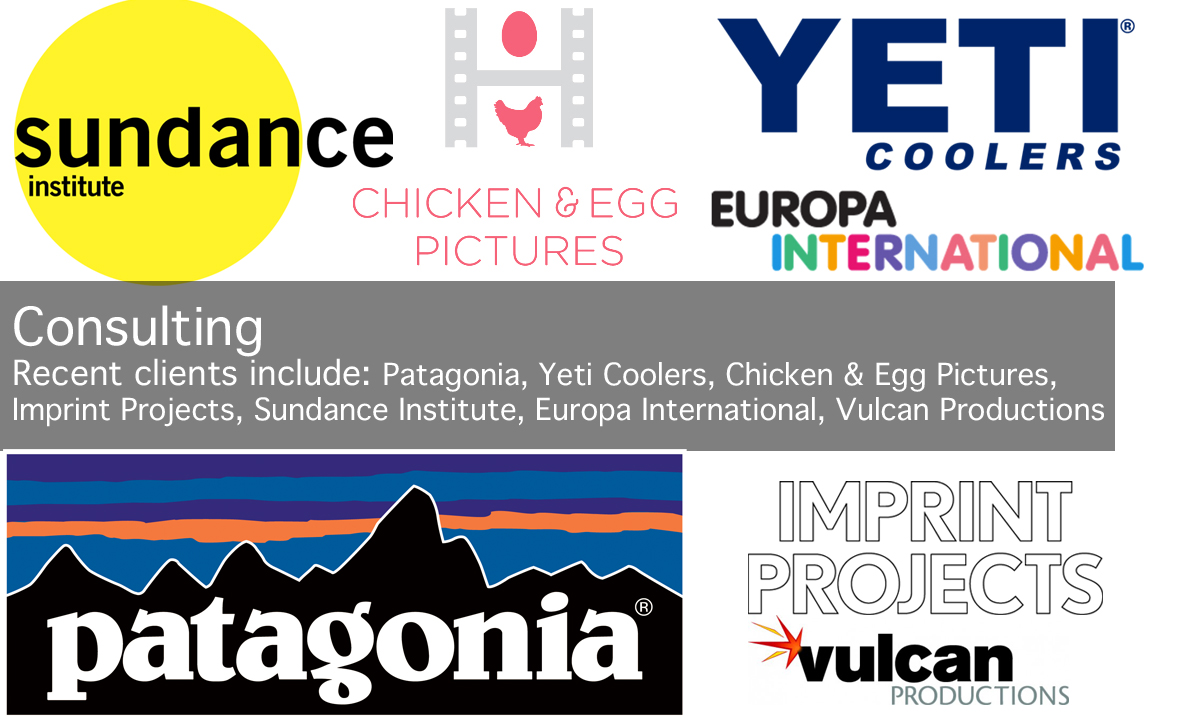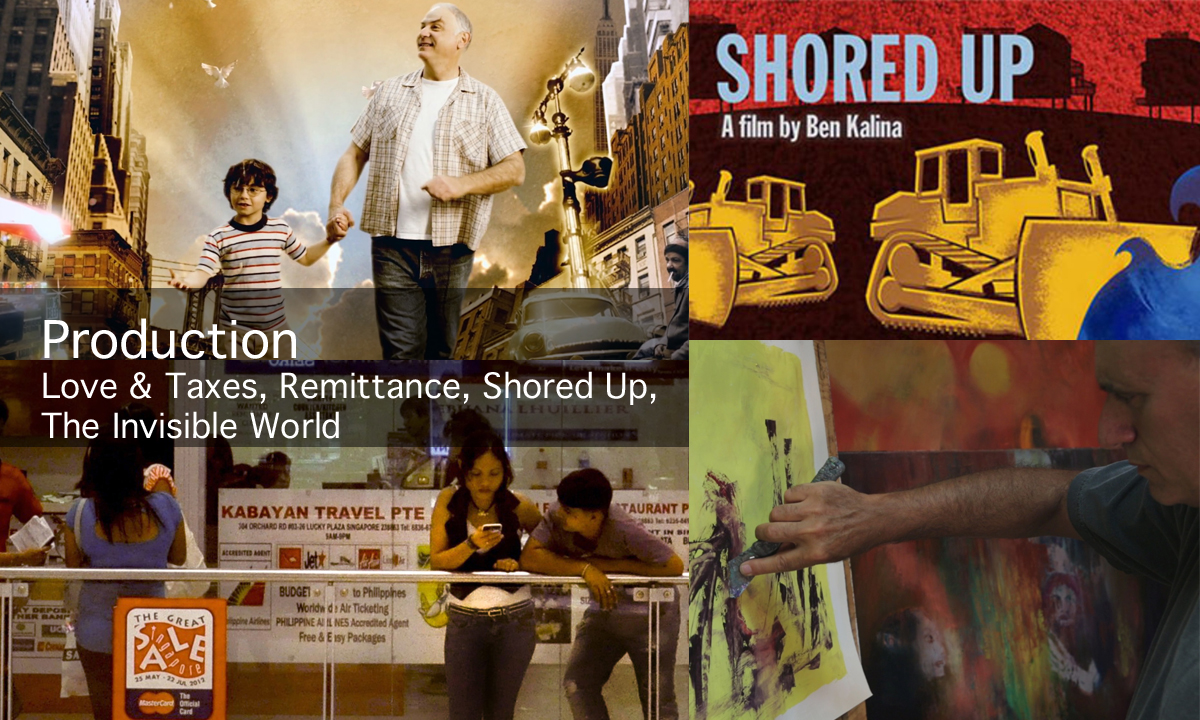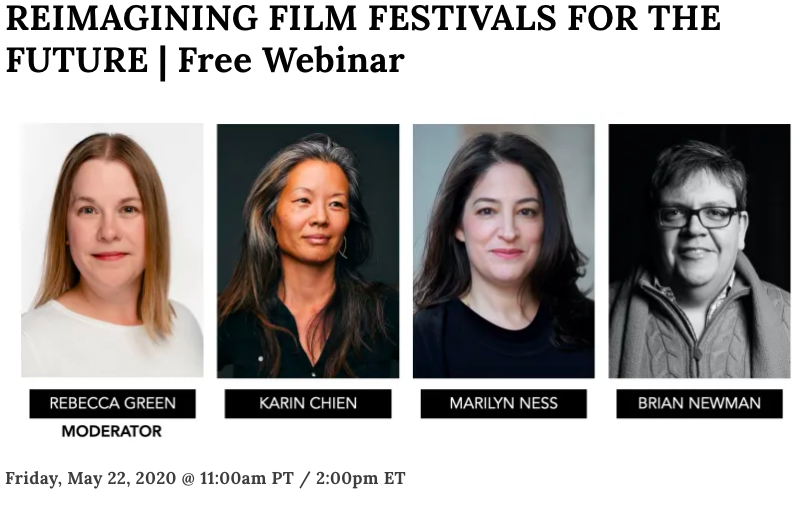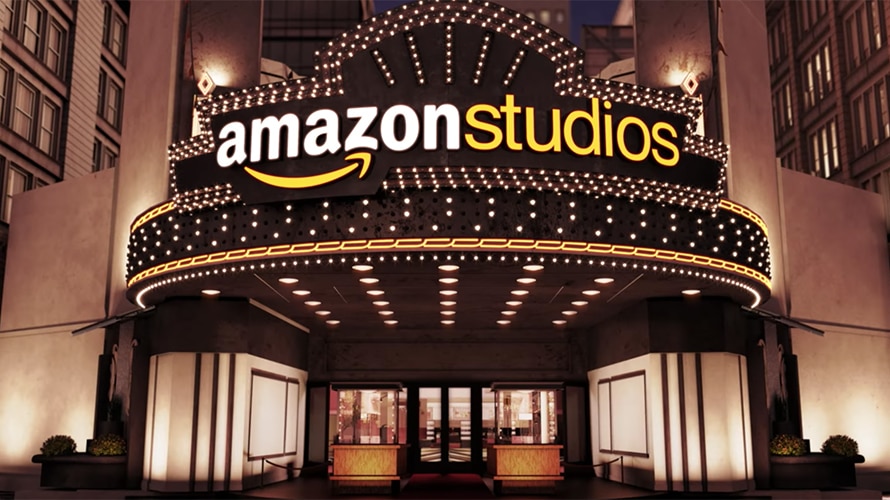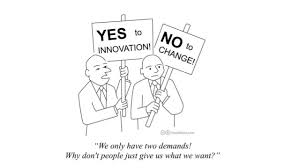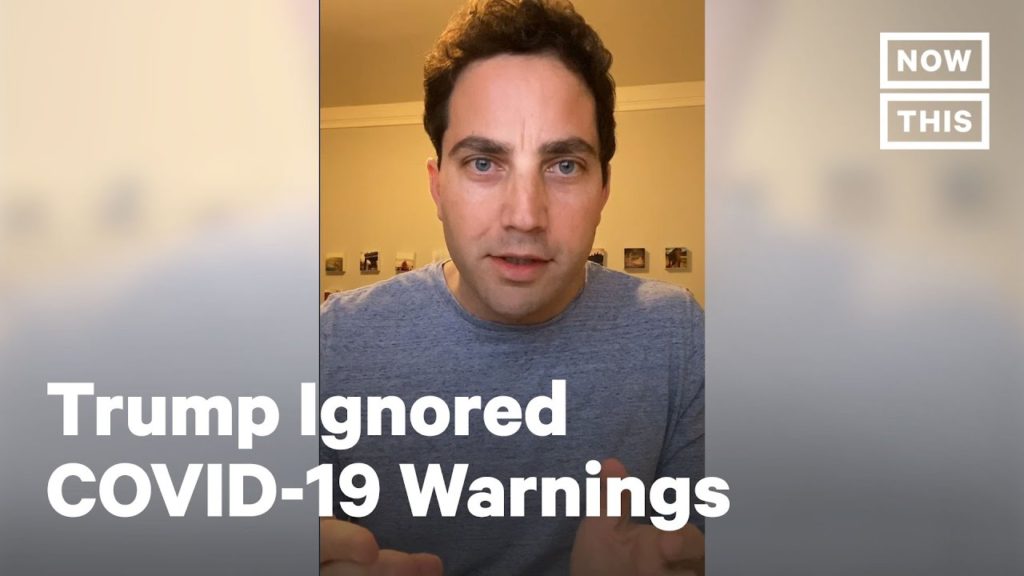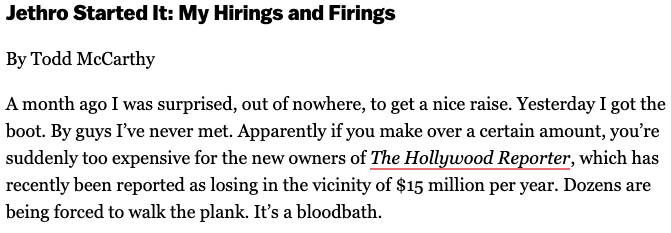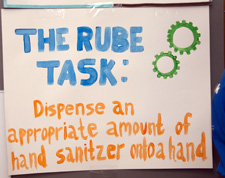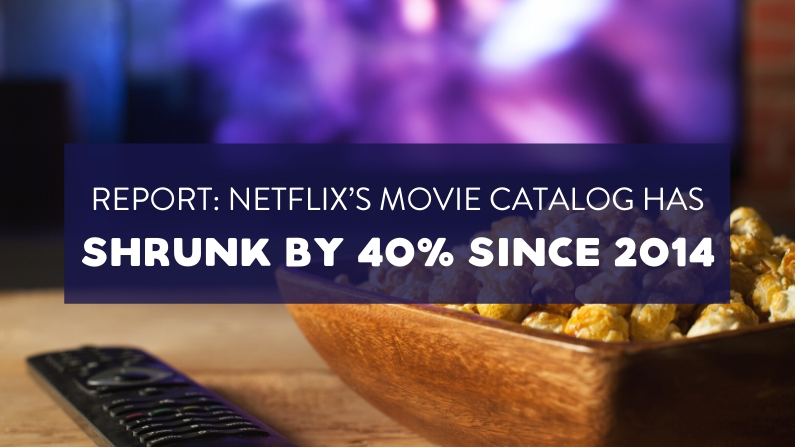
Boy what a whirlwind this week has been – AMC/Universal, Mulan, TikTok, Beirut! Of course, we could say that every week. But narrowing in to the media part, and with the Orange man demanding his “key fee” for knee-capping TikTok in the forced delivery to Microsoft, because “supposedly” China, but more likely Tulsa, and American’s just crying about it and shrugging…I gotta write something about this before I unplug completely for August. That’s right – most readers know I’ve been on social media vacation since June 4th, but starting on August 1, I typically stop writing the newsletter and completely unplug except for some client emergency work.
We’ll get back to TikTok, but first – and relatedly, believe it or not – Last week’s big news was the AMC-Universal deal, which has of course spun everyone into a tizzy in the traditional film world. Egads! The collapsing of windows! This is the end of cinema as we know it! A “kick in the shorts” to indies! “ We do not see any business sense in this model.”
Perhaps only one person stayed sane – Christopher Escobar of the Plaza Theater and Atlanta Film Festival (my old remit) –
““We need a revolution,” he said. Escobar isn’t worried that some movies might be available on-demand sooner. [..] “I’m already operating differently,” Escobar says. “I do everything I can as an owner to make going to the movies feel like an occasion.””

Thanks for the sanity, Christopher. Let’s put this in perspective. Theaters were already struggling BC. Now, DC (during corona; who knew we wouldn’t get to AC in the US?!) theaters are on the ropes. Even the arthouses are in trouble, but the big chains were even more endangered. AMC was among the hardest hit. Then AMC makes a deal where it plays films in their most lucrative window (the first two weeks make up about 80% of revenues), gets an extra 2% of that box office (huge numbers with Hollywood blockbusters), and also get to put the films on its own PVOD service for members – whose data it owns, before their audience forgets the film exists, and also gets a reported 20% cut of the overall PVOD from every other platform Universal sells on. And they make it clear that it’s only for certain titles, not every film.

This is somehow a bad deal? It’s exactly the only deal that would ever work for all parties. And because AMC did it first, they’ll get better terms than the other exhibitors. AMC gave itself a chance to survive in the new world of film, as exposed brightly by covid, but that was coming regardless. What will happen next? Well, for AMC, I’m betting that Comcast – owner of Universal – waits about one year, and then buys them. There’s speculation out there that Comcast also invested in AMC as part of the deal. The government has already signaled that it is getting rid of the antitrust laws that stop studios from owning theaters (1948 Paramount decrees). AMC will get cheaper as time goes on – not because of this deal, but because US audiences won’t be returning in droves anytime soon, due to Trump’s bungling of Covid (other countries will rebound quickly, and already are successfully re-opening in certain locales). Comcast can then take advantage of the AMC real-estate to not just show movies, but also sell merchandise from Universal films, sell cable, and expand its ancillary businesses. AMComcast (ok, it will more likely just be Comcast Cinemas).
Indie theaters, if they’re paying attention at all, are worried about everyone thinking all movies should be just 17 days, or that they won’t get Universal films, or that people will just stay home. But guess what – that was already the case. This would be the time for the indies to band together – maybe via AHC – and build their own joint membership and SVOD/TVOD platforms and make deals with distributors to also share in PVOD revenues, in exchange for promoting films earlier. Distributors save on P&A (which in theory helps filmmakers as well), theaters get cut in to a more lucrative revenue stream while also having their own platforms, and audiences get what they want. Will this happen? Don’t bet on it, but as Escobar says above – we need a revolution. Let’s use this to start it.
Then, after writing all of the above, I have to update this post now in light of the Mulan announcement – Mulan Mayhem! – which made AMC/Universal look tame. Sure, Disney says this $30 premium (on top of your Disney+ subscription) is a one-time experiment. And it will be…until it works. With the rest of the world recovering from coronavirus faster than the US, and accounting for so much more revenue for most films, it seems that opening in theaters overseas and PVOD in the US is the only rational way forward. I know my household, without kids, would pay more than $30 to watch Tenet right now, and I bet most of America would be right behind us. And then we’d pay to see it on the big screen again come 202…2(?) if it’s as good as it should be. How this common sense doesn’t permeate the popcorn fumes into theater owner’s minds is beyond me. If theaters want to even be part of this revolution, they better start exploring new business models seriously before they aren’t even in the picture anymore.
Meanwhile, the public is saying – IDGAF! Just save my TikTok. The absurdity of folks debating a 17 day window when all anyone – and I mean anyone, whatever their age – wants to do is get instant gratification from TikTok, while the entire movie industry ignores it is indicative of the field’s collective sticking of their heads in the quicksand. As I wrote last week – we’ve got a superabundance problem, and the only way to address it is to become more relevant, which by definition does not include a term called “windowing.” The film industry, especially indies, are practically absent from the platform, if they even know it exists. Meanwhile, TikTok users propelled Love to #1 on Netflix, just based on their reactions to the opening scene (years later, mind you), and only A24 has any presence there – as a hashtag, with 65.7M views!

It’s telling that Trump doesn’t care about China owning AMC, but is in a shit-fit over their ownership of TikTok. Because it’s culturally relevant, unlike movies. Because it’s actually protesting him effectively, unlike movies. Because people have fun while being political, unlike movies. Because it’s shifted everyone’s attention away from FB, unlike movies. Because it collects data on its audiences, unlike movies, and is transparent about it, unlike movies, and uses it to make a better user experience, unlike movies.
If Hollywood understood the real depth of societal change going on here, we wouldn’t see Microsoft as the lead contender for buying TikTok – it would be Disney. Or Netflix. Or Apple (which maybe is/n’t trying?). And any of them could better integrate TikTok into their plans for the future than Microsoft. Sure, social is fickle, but it’s usually killed when the wrong person buys it. Or the right person doesn’t. As other’s have mentioned – this is a once in a lifetime, fire-sale opportunity.
But to be honest, if I were Microsoft, I wouldn’t take the bait. It’s not TikTok that matters, really, it’s the ideas of participatory culture, eliminating the gatekeepers, letting “amateur” creativity flourish, and these trends will continue even if TikTok dies. Microsoft knows nothing about these trends, and has no business reasons to piss off China, while gaining the future headaches that TikTok will bring. Let an actual entertainment company buy it, or call Trump’s bluff and let it die, while 100M+ users revolt at the election box and then turn another app into the same thing. That may be the only way to win come November, anyways.
We’ll see how this all shakes out soon enough. But I likely won’t hear about it before September. As I mentioned on June 4th, I started my social media vacation early this year, but every year, I take off the month of August from all social media, newsletter postings, and disconnect. It’s an annual vacation that renews my soul. I’ll be on email for clients, but pretty much disappear from the public completely until Labor Day (three weeks are completely unplugged, fwiw). Until then – stay safe, learn to use a VPN and wear a mask.
The Reconciliation Must Be Televised – Wesley Morris writes what may be one of the most important proposal pieces of the year for the NYT. Read the whole thing, but his argument is essentially that we must turn this moment into a National (international) dialogue and project of truth and reconciliation. Building off the recommendations of the Kerner Commission and going much further, it would be a reconciliation across multiple platforms, simultaneously, and across weeks. I would argue further that it would be best for the NYT to launch this across platforms, and that would be a better project for their media efforts than Father, Soldier, Son, but it’s much needed. From the end of the article: “This Moment didn’t come cheaply. It should not be squandered. It should be nationally witnessed and absorbed. Truth and reconciliation is a death and a birth, accordingly arduous, tense, procedural, affirming, painful. The outcome feels secondary to the process. The ritual is the benefit. The Moment demands that we summon the courage to put ourselves through it. At last.”

BGDM Fundraiser: Brown Girls Doc Mafia is raising funds: “With your support of this fundraiser, we’ll be able to further leverage community building and programming that enriches our members creatively and professionally, and further sustain our efforts to advocate for access, visibility, and power for BIPOC professionals in the film industry.” Donate here.
Hollywood’s Gone Timid on Political Content – Foreign Affairs reports on how Hollywood is running out of villains as it frets about offending China, due to box office, or Putin or North Korea, due to worries about hacking. What happens to soft power, when you can’t villainize anyone? Great question, but also knowing how xenophobic and unquestioning Hollywood could be in its victimizing, the counter-argument is – maybe we need different villains anyways.
Fragmentation is a pain in the ass’: Proliferation of free, ad-supported streaming services causing headaches for media companies – Digiday covers the nightmare that is trying to buy ads and place content across multiple systems.
‘That innovation budget has gone’: Publishers adapt to thwarted branded content studio growth – Digiday covers how publishers are struggling to make a living in the new branded content/ad cut environment. It ain’t pretty.

‘Apple Glass’ users may be able to manipulate AR images with any real objects – The implication being that you will no longer need a physical tablet/computer.And you’ll be able to do a lot more cool stuff.
Internet Archives Fires Back in Lawsuit Over Covid-19 Emergency Library – yet again, rights holders ruin something great. Vice covers the IA arguing – hey folks, we’re just doing what libraries do, get over it.
The truth is paywalled, the lies are free – Nathan Robinson, writing in Current Affairs, covers the fact that all of the great sources of news are paywalled, but the purveyors of bullshit are giving it away for free. He takes it a step further and proposes how we could build a universal, free database, and still pay authors/publishers. Worth a read, and a think… even if Jonathan Zittrain already proposed this solution back in 2006.

